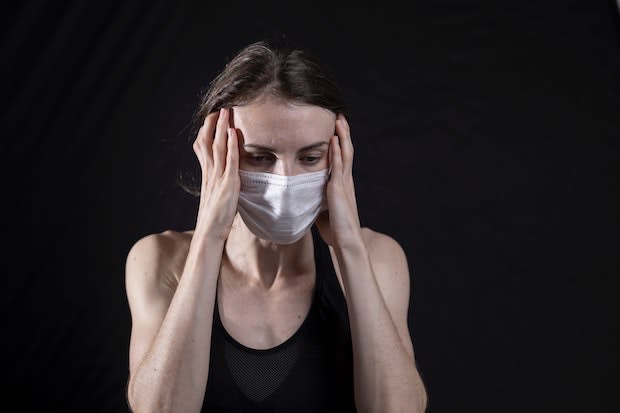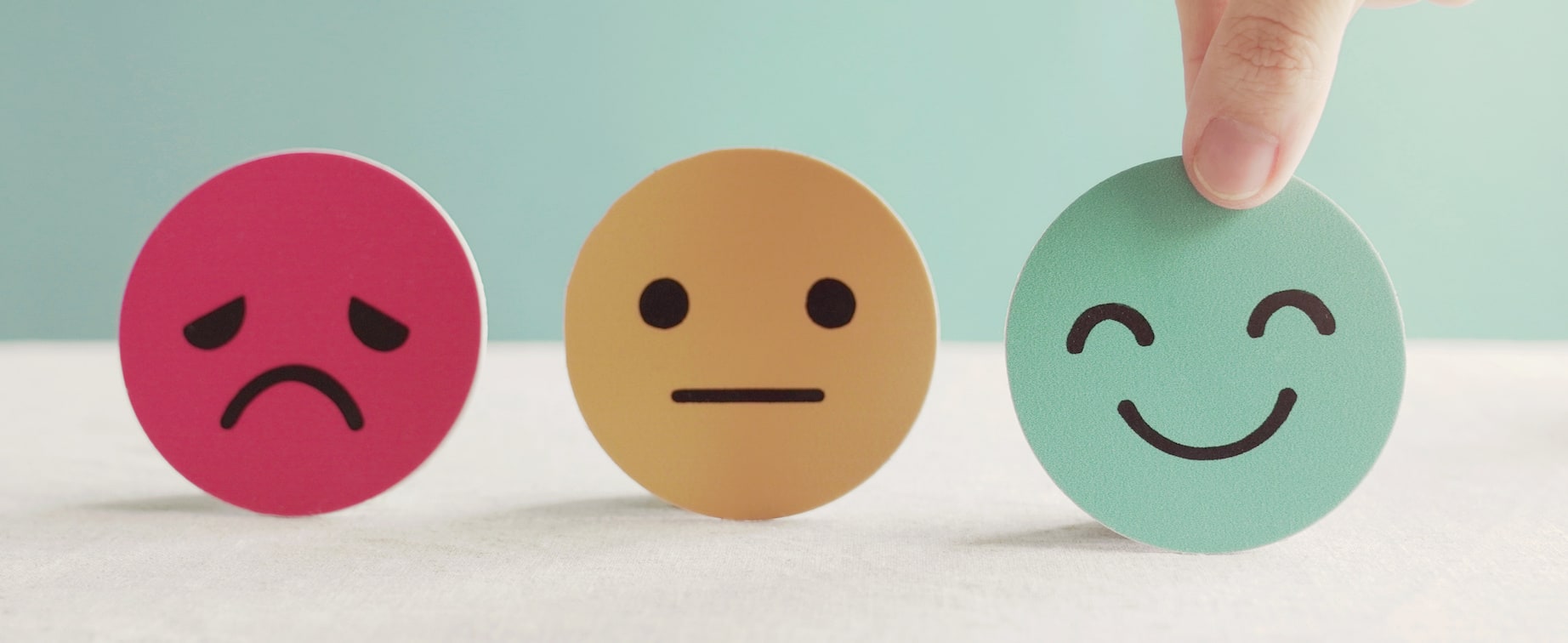Table of Contents
I. The Importance of Mental Health
II. The Prevalence of Mental Health Disorders
a. Risk Factors for Mental Health Disorders
b. Persistent Depressive Disorder (PDD)
The Importance of Mental Health
Everyone may experience ups and down with their mental health throughout their lives. Mental health covers your emotional, psychological, and social well-being. It affects nearly every aspect of our emotions and our ability to handle stress, interact with others, and relate to those around us. If you notice any changes in your mental health, you may be experiencing abnormal thinking, mood, and behavior.
Life experiences, a family history of mental health issues, and biological factors affect the development of a mental health disorder. There are many different types of mental health disorders, and they all have specific symptoms, but some early warning signs of a mental health problem can include:
- Eating or sleeping too much or too little
- Yelling or fighting with family or friends
- Severe mood swings
- Inability to perform daily tasks
- Smoking, drinking or using drugs more than usual
- Feeling numb, like nothing matters
These symptoms can encompass many disorders, but most commonly, anxiety, depression, and psychotic disorders. Your doctor or mental health professional will determine your mental health problem and prescribe a treatment. Doctors may prescribe Effexor XR (venlafaxine XR), Wellbutrin XL (bupropion XL), Anafranil (clomipramine), Celexa (citalopram), and amitriptyline. These drugs treat specific mental health disorders so patients can regain a life of healthy mental wellness. [1] Mental health concerns can vary significantly from person to person. Each one presents itself differently, and treatment and social support are important for every signal one. If you ignore a growing mental health concern it will continue to grow and impact you socially and possibly economically. Many stigmas surround mental health, and many people feel embarrassed or ashamed to admit they are experiencing a problem. Hundreds of millions of people worldwide are affected by mental health problems, so there is no need to suffer in silence. It is likely someone close to you is also experiencing or has experienced a mental health problem. [2] There is no one specific cause for mental health problems, but certain risk factors can make you more susceptible. Each mental disorder has its causes, but in general, an individual’s attributes significantly impact these diseases' development. These include a person’s thoughts, emotions, behaviors, and interactions with others. Along with these personality traits, a person’s economic status, culture, and environment can lead to mental health problems. [2] Depression is a broad disorder that encompasses several types of depressive symptoms. It is one of the most common mental disorders, affecting over 264 million people around the world. [2] Depression is more than just a passing bad mood; depression affects your daily life and leads you to feel down almost every day. Some depressive disorders may come and go, but others remain for long periods, like major depression. Major depression is also known as clinical depression. Symptoms of this depression include: You will typically be diagnosed with depression if you have these symptoms most days for two weeks or more. Talk therapy and antidepressants like Effexor XR (venlafaxine XR) and Wellbutrin XL (bupropion XL) can increase serotonin levels and other feel-good hormones in the brain. Talk therapy can also help a person change any of their depressive behaviors. [3] This is a type of chronic depression that lasts for at least two years. Depressive symptoms last for more days than not with PDD, and they can be mild, moderate, or severe. Those with PDD do not often experience severe clinical or major depression symptoms, but they are long-lasting. PDD symptoms may experience brief periods of remission. Common symptoms include: Psychotherapy and medications are also used for PDD treatment. This disorder affects more women than men. Around 1.3 percent of adults in the United States will have this disorder at some point in their lives. [4] Anxiety and depressive disorders are often linked together. Some of their symptoms may overlap, but there are several differences. Those with anxiety disorders have intense and excessive worry about situations that are often out of their control. If your anxiety is severe, you may have repeated episodes of extreme fear or terror, resulting in panic attacks. These feelings can interfere with your everyday life, affecting a person’s social activities. Anxiety can lead you to avoid certain situations, which can result in isolation. Anxiety can lead to phobias and other more specific anxiety disorders. Medications like Celexa (citalopram) can help ease symptoms of anxiety. Common symptoms include: Panic disorder: Panic disorders involve repeated episodes of intense anxiety. If you have frequent panic disorders, you may feel impending doom, shortness of breath, rapid heart rate, and heart palpitations. If you have panic disorders, you may avoid situations for fear of getting a panic attack. These situations can include air travel or participation in crowded social activities. Specific phobias: Anxiety can lead to phobias around certain objects or situations. If you are exposed to these objects, you may feel panic. Phobias can lead to panic attacks in people. Common phobias include snakes, spiders, or air travel. Social anxiety: Those with social anxiety get nervous, anxious, and fearful during social situations. This may make people feel embarrassed, self-conscious, and concerned about being judged by other people. [5] Psychotic disorders are more severe mental problems that can alter abnormal thinking and perceptions. Those with psychotic disorders often lose touch with reality and experience hallucinations. Some depressive disorders like bipolar disorder can bridge over into psychotic disorders, depending on the severity of the symptoms. Delusions are false beliefs that may induce paranoia. Hallucinations are slightly different, resulting in false perceptions, like hearing, seeing, or feeling things that are not there. These disorders can be incredibly jarring and may require hospitalization for serious cases because people may harm themselves or others. [6] Schizophrenia is the most common form of psychotic disorder, affecting three million people in the United States. This disease is highly treatable with proper medications. Those with schizophrenia often have a distorted view of things around them, making everyday objects scary or unusual. Symptoms can include: Bipolar disorder is also known as manic depression. This disorder involves mood episodes that result in extremely high energy levels and low depressive episodes. People with bipolar disorders can switch back and forth between these extreme moods. The high-energy moods may mimic some psychotic symptoms, while the low mood is similar to major depression. There are two types of this disease: bipolar I and bipolar II disorder. Bipolar I involves manic phases that last for at least a week, while those with bipolar II have less intense mood swings that last less than a week. Treating bipolar can be difficult because you may need a combination of antidepressants and antipsychotics. Symptoms can include: The content in this article is intended for informational purposes only. This website does not provide medical advice. In all circumstances, you should always seek the advice of your physician and/or other qualified health professionals(s) for drug, medical condition, or treatment advice. The content provided on this website is not a substitute for professional medical advice, diagnosis, or treatment.
The Prevalence of Mental Health Disorders
a. Risk Factors for Mental Health Disorders
Depression

a. Major Depression
b. Persistent Depressive Disorder (PDD)
Anxiety Disorders

a. Types of Anxiety Disorders
Psychotic Disorders
a. Schizophrenia

b. Bipolar Disorder
